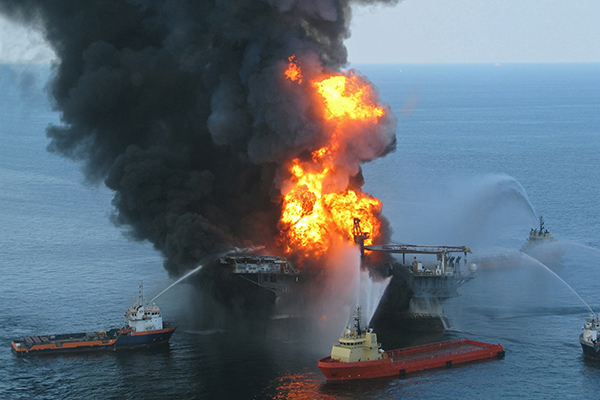
Full Text:
New research has uncovered an added dimension to the decision to inject large amounts of chemical dispersants above the crippled seafloor oil well during the Deepwater Horizon disaster in 2010. The dispersants, scientists have found, may have significantly reduced the amount of harmful gases in the air at the sea surface, diminishing health risks for emergency responders and enabling them to keep working to stop the spill and clean it up sooner.
In the midst of the Deepwater Horizon crisis, officials made the decision to--over 67 days--inject more than 700,000 gallons of chemical dispersant above the oil rig's severed wellhead at the bottom of the gulf. The aim was to break the petroleum into smaller droplets in the deep sea to diminish oil slicks and reduce the amount of harmful gases rising to the ocean surface. The new study demonstrates a beneficial effect of the dispersants: The subsea dispersant injection may have allowed emergency responders to literally breathe easier.Image credit: United States Coast Guard